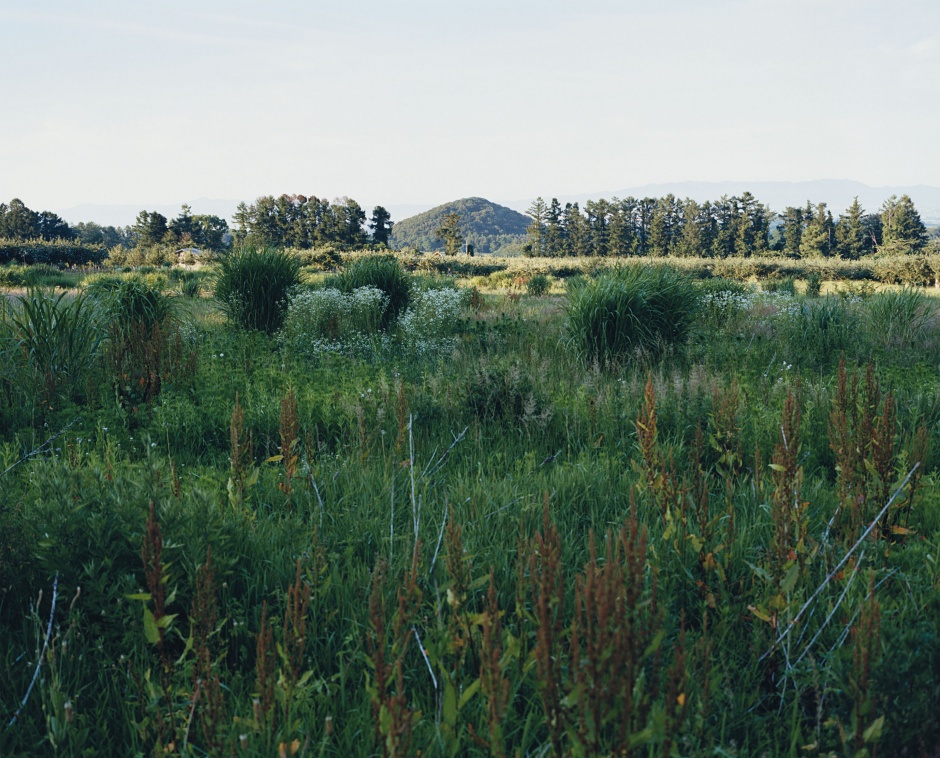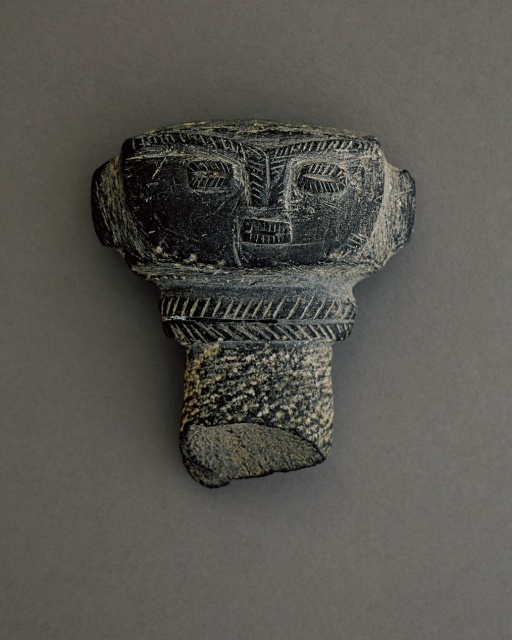vol.
012
MARCH
2016
vol.012 / Special
Unseeing eyes
Sari Hayashiguchi|Shiho Fukuhara|Kenji Kai|Hisashi Kitano|Kunihiko Morinaga|Norimizu Ameya|Nao Tsuda
Bees and cabbage white butterflies can see ultraviolet rays; pit vipers can see infrared rays.
If we had an eye transplant from another organism, we would probably live in an entirely different world.Apparently by sensing things we cannot see, we can sometimes visualize them.
The outer space, life, distance, consciousness, words, time: six people turned their eyes towards these.
We’re talking about seeing the unseen world.
Sari Hayashiguchi|Shiho Fukuhara|Kenji Kai/Hisashi Kitano|Kunihiko Morinaga|Norimizu Ameya|Nao Tsuda
Time
Linking the distant past and the present day from between the expanses of time
Nao Tsuda

How small is the world we see around us right now? We might just be seeing a sliver of what’s really out there.
Think about national borders. If you redrew them along the edges of cultural spheres, wouldn’t the lines on our maps look totally different? The Great East Japan Earthquake brought nature and humanity into direct dialogue — but what’s really going on in that interaction? These are the kinds of questions I’ve always tried to pose to modern society through my photography — questions that help people shed the preconceptions that they’ve been holding on to.
For the last few years, I’ve been working on a project that centers on the fundamental culture of Japan. The creative process has brought me to Tohoku, Hokkaido, and other areas for numerous field work sessions, taking me on an eye-opening journey that eventually helped me rediscover the importance of Jomon culture. I realized that exploring the Jomon heritage would give us new inroads into creating our future.
The project is now on display in the form of Grassland Tears, a solo exhibit that recently opened in Tokyo. In addition to still lifes, including photos of a dignified sekibo (a Jomon-era stone bar) with its eyes closed and a deer bone spoons with a bear figures carved into the top, the exhibit also features landscape of lush grass with a kannabi shaped mountain (a gently sloping, triangle-shaped, tree-covered mountain where a deity is believed to dwell) in the background and more.
I don’t look at the Jomon people’s creations as simple things or objects. They resonate with something deeper. Whenever I pick up a Jomon artifact and make a connection with it, I start to sense a “tangible spirit” or the idea of a “cyclical life.”
When you focus too hard on your current day-to-day life, the years gone by end up seeming like the distant past. But if you reach into hidden worlds, hiding out of sight, you can feel the connections that gently join the passage of time into an unbroken narrative. What I try to do as a photographer is to stand between those expanses of time and look for ways to link the ancient and the present.

Editing & Written by Nanae Mizushima
Translation: Office Miyazaki, Inc.



